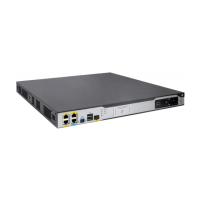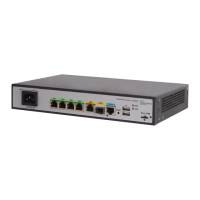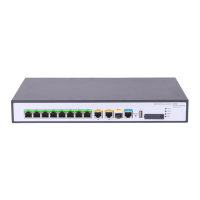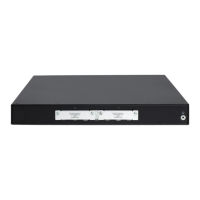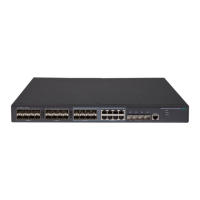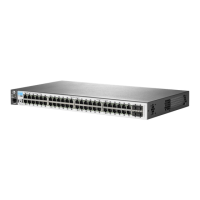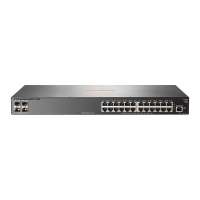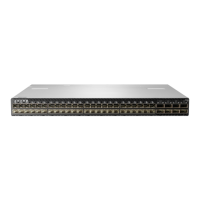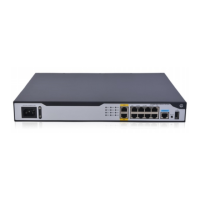56
• For other types of operations, this argument specifies the times of probes to the destination per
operation. The value range for this argument is 1 to 15.
Usage guidelines
The following describes how NQA performs different types of operations:
• A TCP or DLSw operation sets up a connection.
• A UDP jitter operation sends a number of probe packets. The number of probe packets is set by
using the probe packet-number command.
• An FTP operation uploads or downloads a file.
• An HTTP operation gets a Web page.
• A DHCP operation gets an IP address through DHCP.
• A DNS operation translates a domain name to an IP address.
• An ICMP echo sends an ICMP echo request.
• A UDP echo operation sends a UDP packet.
• An SNMP operation sends one SNMPv1 packet, one SNMPv2c packet, and one SNMPv3
packet.
• A path jitter operation is accomplished in the following steps:
a. The operation uses tracert to obtain the path from the NQA client to the destination. A
maximum of 64 hops can be detected.
b. The NQA client sends ICMP echo requests to each hop along the path. The number of
ICMP echo requests is set by using the probe packet-number command.
• A UDP tracert operation determines the routing path from the source to the destination. The
number of probe packets sent to each hop is set by using the probe count command.
If an operation is to perform multiple probes, the NQA client starts a new probe in one of the following
conditions:
• The NQA client receives responses to packets sent in the last probe.
• The probe timeout time expires.
This command is not available for the voice or path jitter operations. Each of these operations
performs only one probe.
Examples
# Configure the ICMP echo operation to perform 10 probes.
<Sysname> system-view
[Sysname] nqa entry admin test
[Sysname-nqa-admin-test] type icmp-echo
[Sysname-nqa-admin-test-icmp-echo] probe count 10
probe packet-interval
Use probe packet-interval to configure the packet sending interval in the probe.
